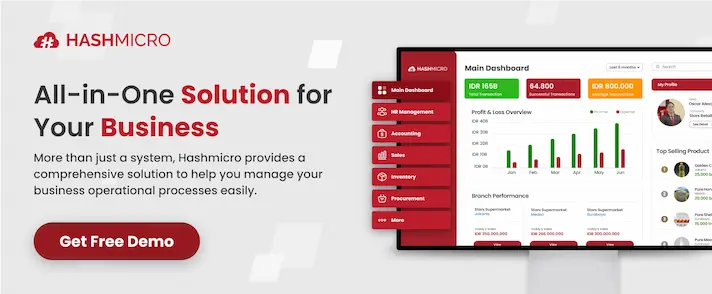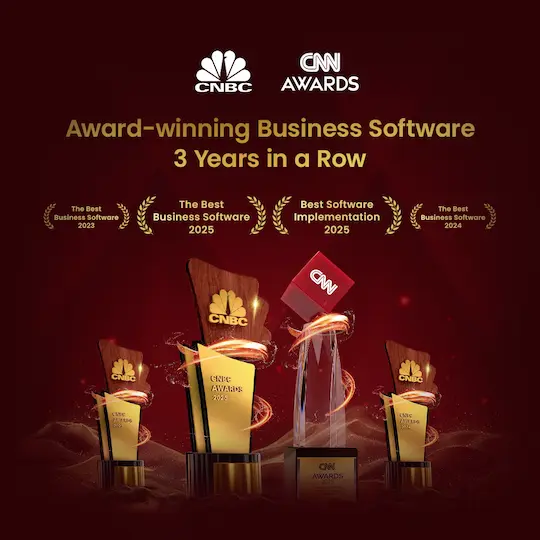Many businesses face the challenge of effectively managing costs due to fluctuating raw material prices, inaccurate budgeting, or unnoticed operational overspending. Without a clear cost management strategy, companies risk reduced profitability and operational inefficiencies.
A Deloitte report shows that 72% of global companies view cost control as a top priority, yet only a fraction have successfully implemented structured, consistent practices. This highlights the urgent need for transparent, accurate financial oversight systems.
To support that need, HashMicro Accounting Software offers a comprehensive solution with automated tracking, real-time financial reporting, and integrated budgeting tools that help businesses control expenses and confidently make data-driven decisions.
So, what exactly is cost management, and how can you implement it effectively? Let’s explore the full guide below.
Key Takeaways
|
What is Cost Management?
Cost management is the process of planning, controlling, and monitoring a company’s expenses to ensure efficiency and profitability. It involves budgeting, forecasting, tracking costs, and analyzing financial data to support smarter business decisions.
Effective cost management helps businesses allocate resources wisely, avoid unnecessary spending, and stay within budget. Companies can identify cost-saving opportunities by continuously monitoring financial performance and maintaining healthy profit margins.
Cost management also supports strategic growth by ensuring accurate data for financial decisions. With the right tools and systems in place, businesses can respond quickly to changing conditions and confidently make long-term investments.
4 Steps of Cost Management
To implement cost management effectively, businesses must follow a structured process. This ensures that every financial decision is based on accurate data and aligned with overall business goals. Here are the four essential steps:
1. Setup
This initial phase defines the scope of cost management, including stakeholders, tools, systems, and key performance indicators (KPIs). It lays the foundation for effective monitoring and decision-making throughout the project.
2. Resource planning
Businesses identify all necessary resources, such as labor, materials, equipment, or technology, along with their quantities, duration, and allocation methods. Proper planning ensures resources are used efficiently and within budget.
3. Budgeting and cost estimation
Once resources are outlined, the next step is to estimate costs and create a realistic budget. This involves detailed calculations based on the project scope, historical data, and expected conditions to avoid under- or over-budgeting.
4. Cost control
The final step focuses on tracking actual expenses against the budget. Regular monitoring helps detect any deviations early, so corrective actions can be taken to stay on target and prevent overspending.
Importance of Cost Management
Cost management is critical in ensuring a business remains financially healthy and competitive. By controlling costs proactively, companies can maximize profits without compromising quality or performance.
In project-based environments, effective cost management ensures that projects stay within budget and are delivered on time. It also helps reduce financial risks by providing early visibility into potential issues, allowing for timely corrective actions.
For growing companies, especially those expanding operations or scaling projects, cost management is essential to maintain financial stability and gain investor confidence. When combined with accurate data and automation tools, it becomes a strategic advantage rather than just a back-office function.
Benefits of Cost Management for Businesses
Implementing effective cost management brings several key advantages to businesses. Here are five of the most impactful benefits:
1. Improved budget accuracy
With clear cost planning and estimation, businesses can build more accurate budgets that reflect actual needs. This minimizes the risk of overspending, enhances financial predictability, and helps avoid sudden cash flow issues.
2. Higher profit margins
By identifying cost inefficiencies and eliminating waste, companies can reduce unnecessary expenses. This directly improves profit margins without increasing sales or prices, making the business more sustainable.
3. Smarter decision-making
Access to accurate and timely cost data enables better financial planning. Business leaders can evaluate risks, prioritize spending, and make informed decisions aligning with short-term targets and long-term growth strategies.
4. Greater operational efficiency
Cost management encourages better resource use labor, materials, or technology. As a result, workflows become more streamlined, output becomes more cost-effective, and productivity increases.
5. Better financial control
Ongoing cost tracking and analysis help detect financial issues early. This allows businesses to take corrective action quickly, reduce financial risks, and stay aligned with their overall financial strategy.
Challenges of Cost Management
Despite its importance, cost management has several challenges that can hinder its effectiveness. Recognizing and addressing these issues ensures accurate budgeting and financial control.
1. Inaccurate cost estimation
Estimating costs can be difficult, especially for large or unpredictable projects. Misjudging expenses, whether due to lack of data, market fluctuations, or overly optimistic assumptions, can result in budget overruns, delayed timelines, and strained resources.
2. Lack of real-time financial data
Without real-time access to cost and spending data, decision-makers may rely on outdated information. This can lead to poor financial decisions, slow responses to issues, and missed opportunities to optimize costs when it matters most.
3. Siloed or fragmented cost tracking
When financial data is spread across different departments or systems, getting a clear view of total spending becomes difficult. This lack of integration can hide inefficiencies, duplicate expenses, and reduce accountability.
4. Dependence on manual processes
Using spreadsheets or manual data entry increases human error risk and slows reporting. These outdated methods make it harder to maintain accuracy, especially as the business grows and financial complexity rises.
Conclusions
Cost management is the process of planning, estimating, budgeting, and controlling expenses to ensure that a business remains financially efficient and sustainable. It plays a vital role in improving profitability, enabling more intelligent decisions, and supporting long-term growth.
Given its importance, businesses need the right tools to manage costs effectively and avoid common challenges like inaccurate data, fragmented tracking, and manual errors.
This is where HashMicro Accounting Software becomes a valuable solution offering real-time financial insights, automated budgeting, and integrated cost control in one centralized system.
Ready to take complete control of your business expenses? Get a free demo of HashMicro Accounting Software today and see how it can simplify your cost management process.
FAQ About Cost Management
-
What is an example of cost management?
An example of a cost management plan could be the budgeting process for a home renovation project. Direct costs might cover labor and construction materials, while indirect costs could involve equipment rentals, insurance, and routine upkeep.
-
What are the 4 basic functions of management?
The four core functions of management consist of planning, organizing, leading, and controlling. To be effective, managers need to apply all four in overseeing their tasks and teams. These functions form the foundation of any managerial role.
-
How do we minimize costs?
Make use of current tools and services in innovative ways to avoid additional spending. Streamline your workflows to eliminate repetitive tasks, boosting efficiency and reducing operational expenses. Leverage technology to track business activities and identify potential cost-saving areas.














